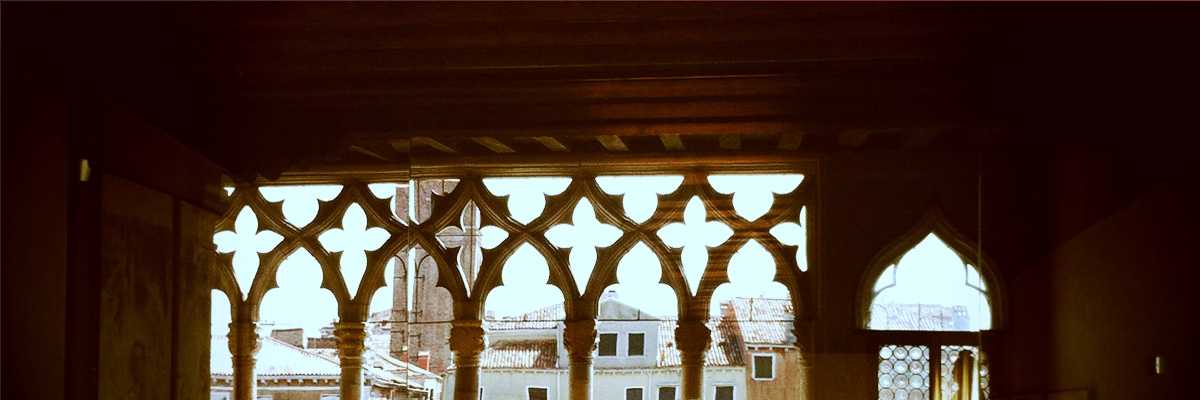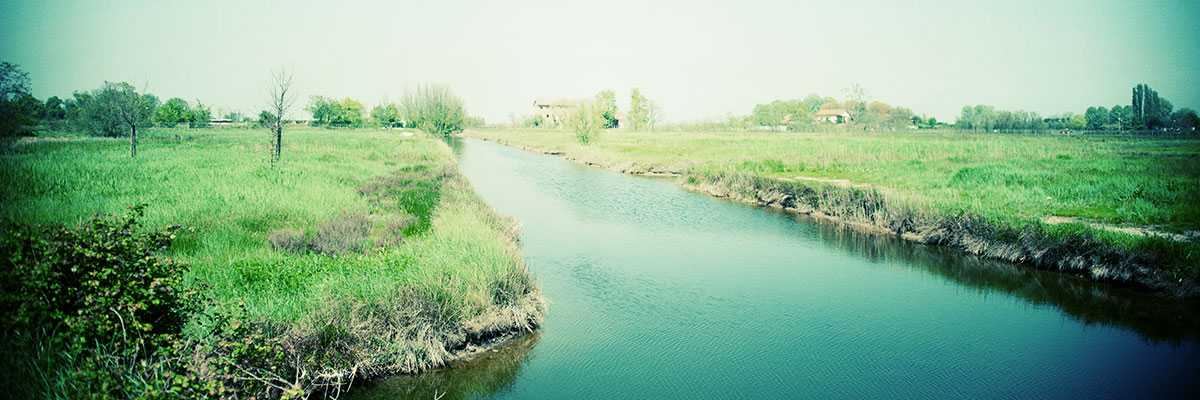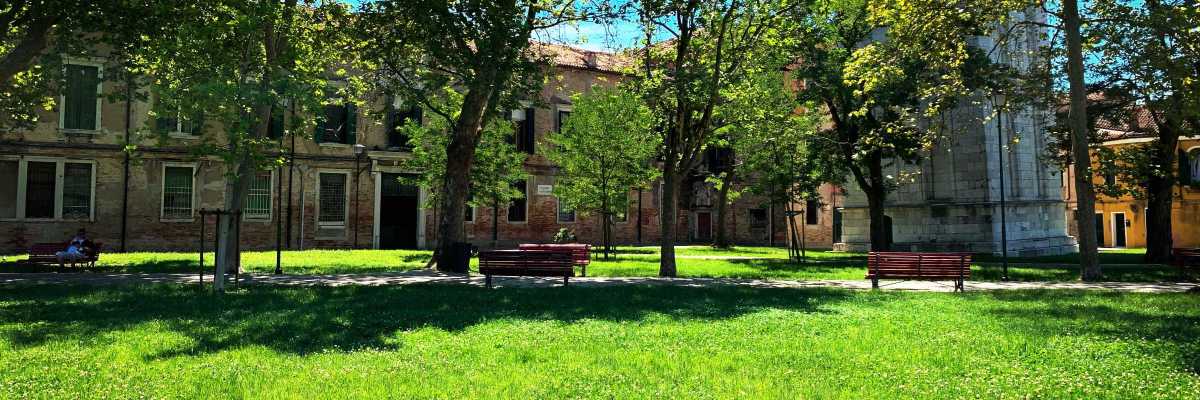One of the major bridges in Venice: after the four bridges on the Grand Canal (Rialto, Scalzi, Accademia and the Ponte della Costituzione) and, together with the Ponte delle Guglie, crosses the Rio di Cannaregio.
Originally called the bridge of San Giobbe due to its proximity to the church of the same name, it was renamed by the people Ponte dei Tre Archi to be the only surviving Venetian bridge with three arches; in the past there were the stone Bridge of San Lorenzo as shown in the painting by Gentile Bellini The Miracle of the Cross in San Lorenzo and others, including the sa
Already subscribed? Login →
Continue reading:
7,99€ per month, or 59€ per year
Invest in culture, in beauty, in a better future.
You can unsubscribe whenever you want.
or




